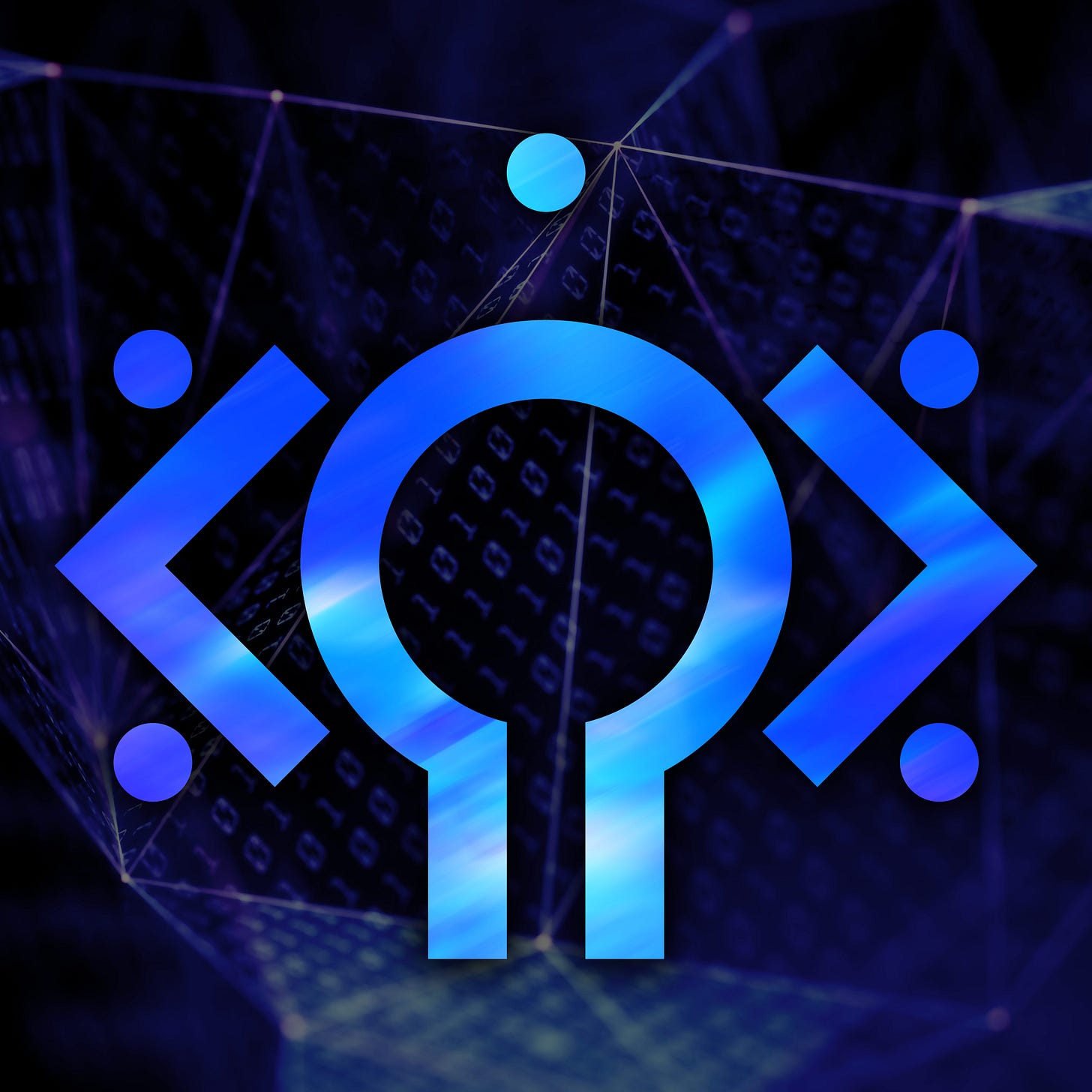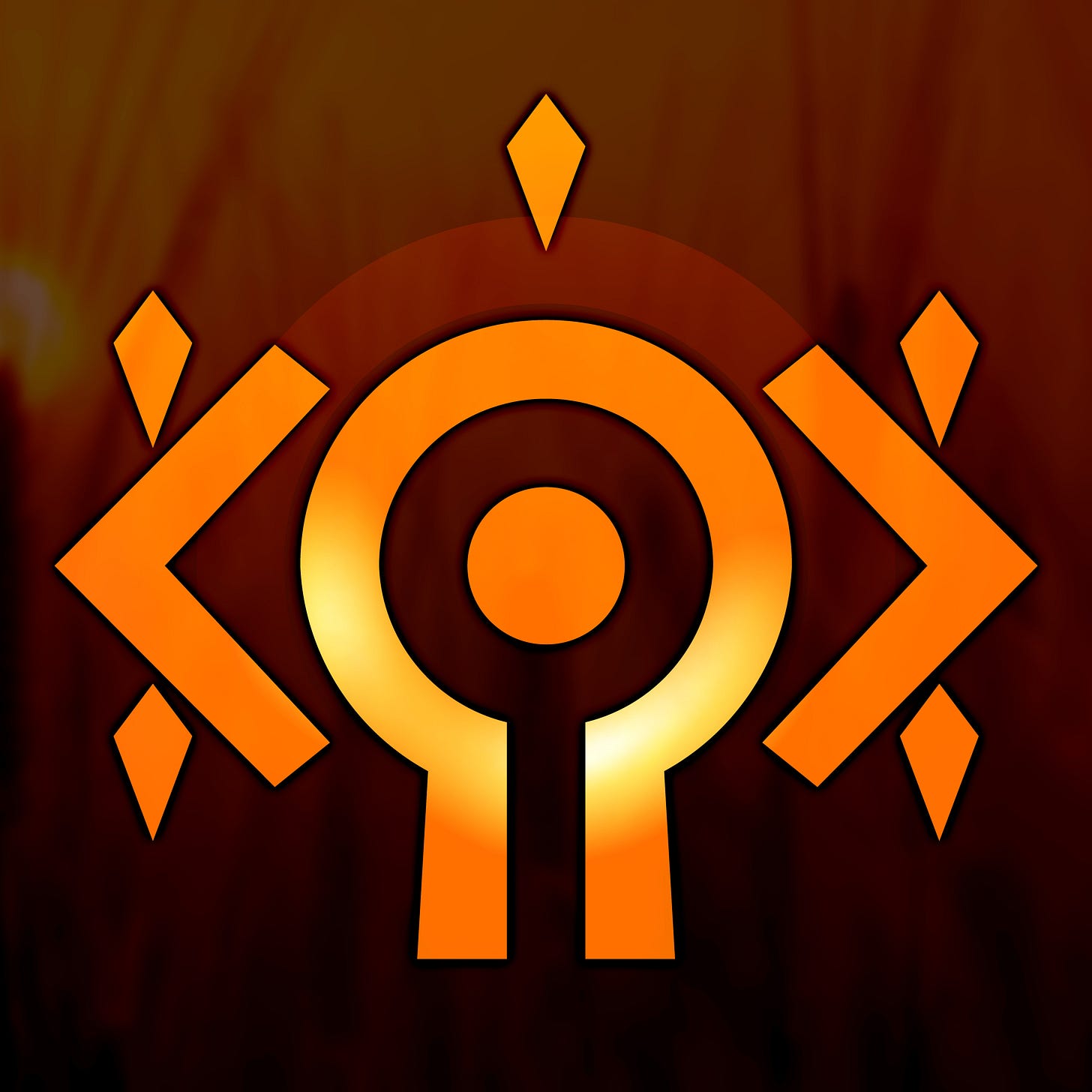An outline of Anodyne
Hardware, software, and interplay in broad strokes.
Today I am going to tell you how exactly Anodyne will be. There are two arenas—hardware and software—and there is one measure keeping tempo: product. This is the lens we will use to evaluate each part and plot its trajectory over time.
Before the system softwares called A* and MILOTIX can be developed, it is necessary to iteratively develop a more familiar system software called Sirius DOS. It is, as the name suggests, part of the DOS family of operating systems, and its life cycle begins on genuine IBM PC compatible computers from the 1990s.
With Sirius DOS in working order, on top of it will be built the Byblos SDK. This contains the complete toolkit for editing, compiling and debugging code written in assembly, ANSI C, and C*. Its editor is a graphical real mode program called Quindle. Its assembler is called Oración. Its compiler is the Feeble C compiler, or Sirius C*, depending on the language.
Byblos and Sirius DOS will then grow and develop one another iteratively into a comprehensive and robust software system that replaces the expensive and often unreliable ‘modern’ personal computer. At this time, Sirius DOS can begin its porting to the prototypal hardware of Anodyne I. When Anodyne I’s hardware specifications become frozen, that port will hard fork and become A*.
Having Byblos and Sirius DOS in working order makes practical the prototyping of Anodyne I in its own right. The computer will be of a tablet form factor similar in character to the Apple IIc, but with a multitouch tablet screen in 4:3 aspect ratio. It will sport a tenkeyless mechanical keyboard and provide an active stylus for mousing. It will dock into a VESA mountable tray that provides active DC power and additional I/O. Anodyne I as a product aims to temper the often lithographically expensive intentions of Anodyne in general, proving as much as practically possible and saving the remainder for Anodyne II.
In general, Anodyne I will debut many new technologies, which cannot be discussed in detail just yet. Among them are TruRISC, a RISC ISA for its central processor; TruCISC, a VLIW ISA for multiprocessing; TruISA, a peripheral component interconnection protocol; XDBI, a PHY for TruISA; and a new kind of power supply philosophy which has yet to be named.
Onto A* the Byblos SDK will be ported, so that Anodyne I can be deeply dogfooded and eventually supplant the IBM PCs running Sirius DOS. At this time, Sirius DOS will shift its product focus to providing the Anodyne user experience on legacy personal computers to the extent it is practical to do so.
Once Anodyne I is complete, development of Anodyne II can begin in earnest. In general there will be no cause to break binary compatibility, as this was given forethought already in the making of Anodyne I. Anodyne II will stretch its legs and be the first product to command the serious value differential over existing personal computers that it is built for. In this spirit, it will bifurcate into two product variants: a professional version marked in green, and a home edition marked in blue. The former will aid in value capture while the latter widens the customer pool.
The launch of Anodyne II will depend on the completion of a software collection called Phoenician – this is an office suite to provide word processing, tabular data management, online communications, note-taking and media management.
Once Anodyne II is released, development can begin on the final inaugural software collection: Babylon. It is to the Creative Suite what Phoenician is to Office. Its core systems will handle raster and vector in both still form and in motion.
Concurrently with Anodyne II will be the development of an ultra small form factor reworking of the key mechanics and architecture of Anodyne: the AnoNUCi. It will be VESA mountable with active cooling and no larger than a big cheeseburger.
Around this time, development of MILOTIX may commence to help integrate the enterprise world of servers that expect to run UNIX.
From here, it is hard to say with confidence what will be developed next.








